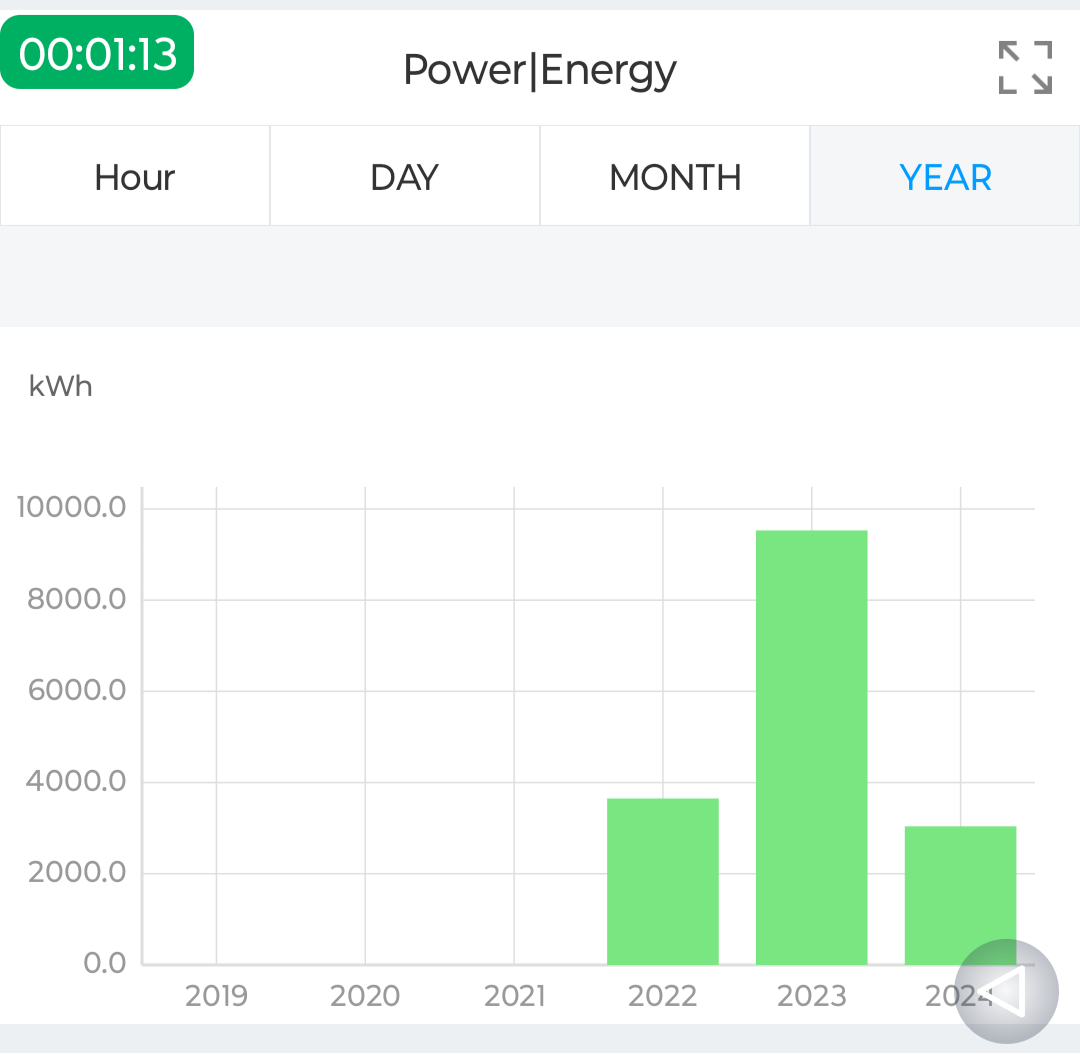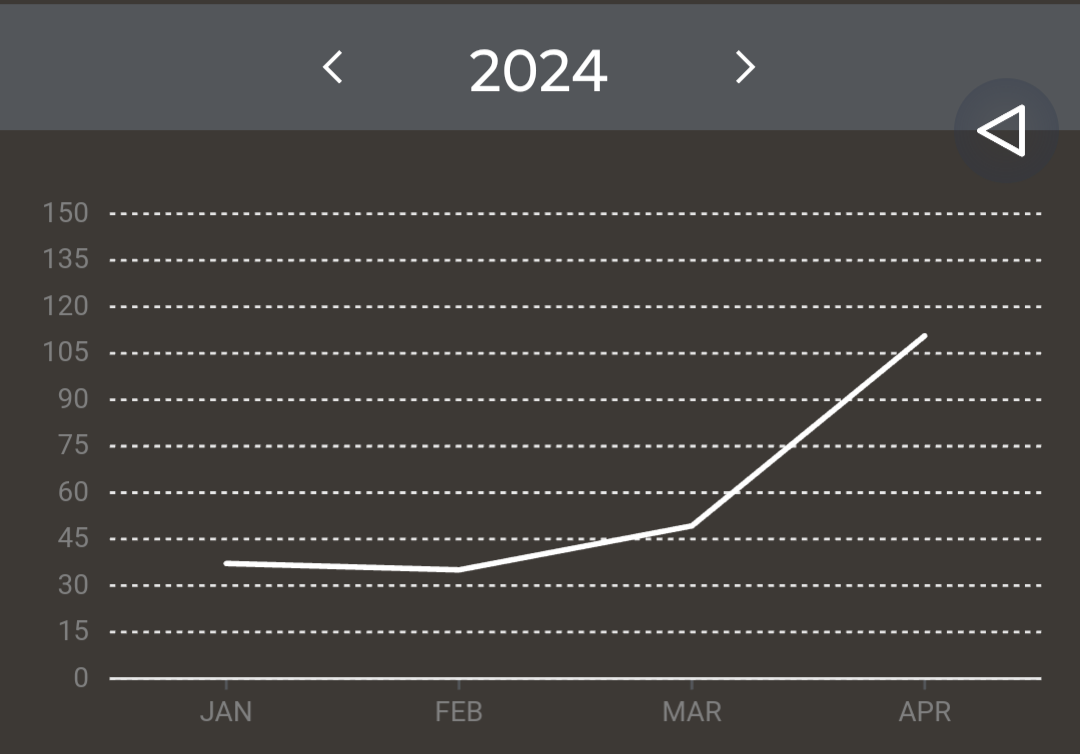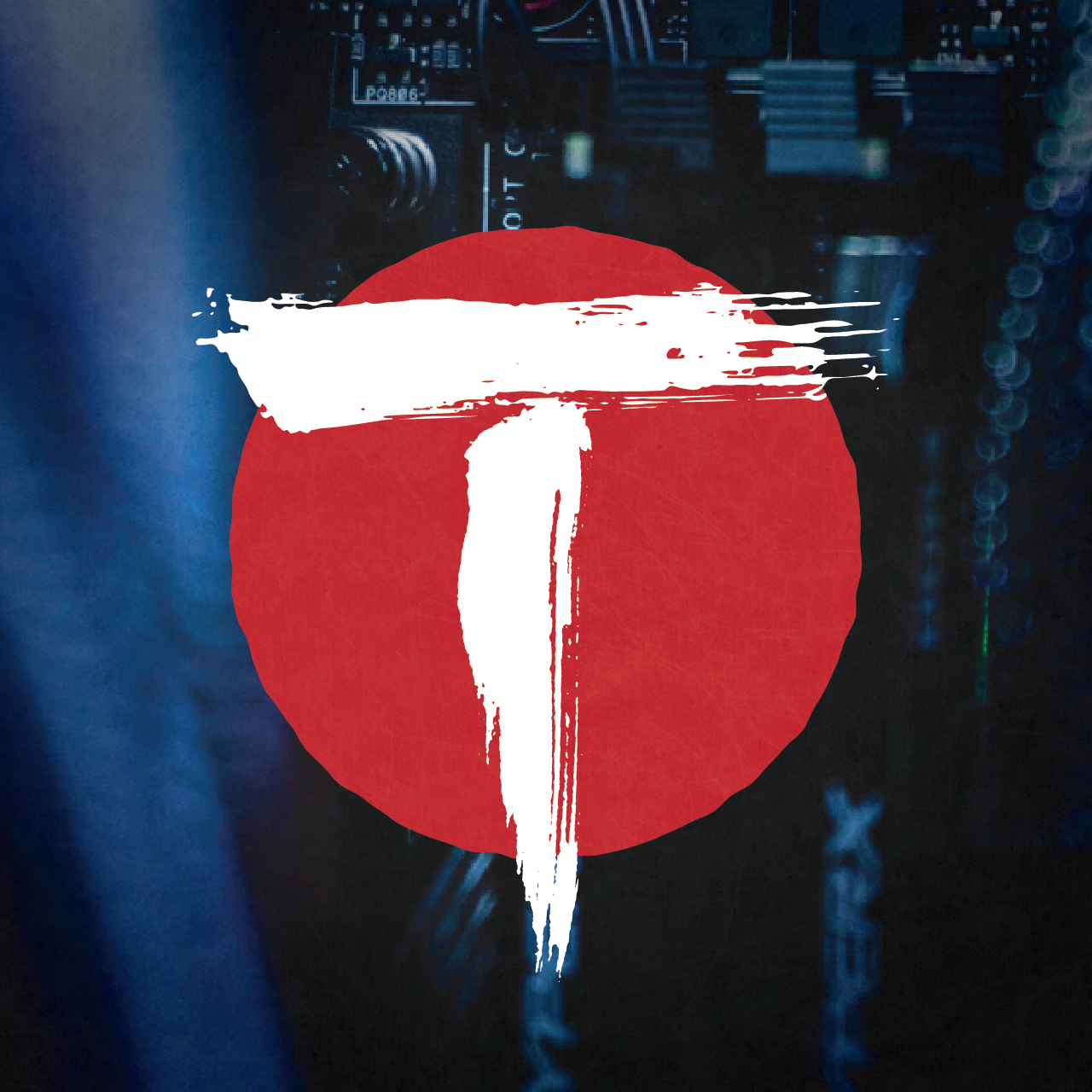please report back in the future when it’s 1.21 jigawatts
Gettin jiggawatt it, nana na na nana na
Whoa. This is heavy.
How long did that take?
Its a 400w array permanently mounted to the roof. Its been continually topping up my lithium batteries since 2018.
It probably would have hit 1MWh sooner, but the batteries are almost always full so there’s nowhere to store the excess charge.
It’s insane that your bottleneck is storage. Wow.
Aussie sun be doing its thing 😎
I’ve done a similar build out in my Northern Lite camper. 800w on the roof and 400ah of lithium. I want to convert the fridge to an electric compressor fridge and the stove over to induction next. I hate it when the batteries fill back up by 10am and I waste solar meanwhile I am still buying propane for the appliances.
the stove over to induction next. I hate it when the batteries fill back up by 10am and I waste solar meanwhile I am still buying propane for the appliances.
It’s possible. For the 11 months I’ve been cooking from excess solar power (December is a little short). I still carry propane for heating and a few things that seem to work better over flame.
Based on the image, I’m going to guess about 500 days.
That’s about 6 kilowatt*weeks or equivalent to 31 gallons of gas.
Quite a bit then?
The gas analogy isn’t very good because cars are very inefficient at turning gas into power. So it’s substantially more than 31 gallons worth in a car.
Yeah even a very efficient generator would probably use at least 90 gallons of gas to get 6 kW*weeks.
Yeah humans burn about 100W so it’s like 60 weeks of human metabolism, more than a year of food energy!
If the van had a generator, like days of old, the sun has replaced like 3 full tanks of gas.

My roof top system has done a bit.

I’ve been able to store a bit to use at night into several old AGM batteries.
Just moved from Starlink to 5G so that’s another kW per day I’m saving.
This is so cool. I’ve got no place to put solar panels, but I invest in a solar cost sharing program with my local power company.
My city (San Francisco) has a program where you can elect to get 100% of your power from renewables which are primarily hydro, solar, and wind and it comes out cheaper every month than buying power from PG&E. It’s pretty great.
So, those sort of programs are confusing and often pretty misleading. First off, you can’t choose which electrons go to your house of course; all you can do is draw power from the grid. That’s fine, it doesn’t really matter at the end of the day, but more importantly most of those programs work by purchasing “renewable energy credits”, or RECs, from wind and solar farms across the country. So what does that REC mean? Well nothing really, it just means you “claim” credit for that kWh of renewable energy. If you want you could buy them directly from some random wind farm in Kansas in theory. Or buy for twice as many kWh as you actually use- now you’re 200% renewable and you’re sucking carbon out of the air! Oh wait.
At the end of the day, RECs are a good idea because they provide an additional revenue source for renewable energy producers, but it isn’t all that much. Last I checked they sell at like 3% of what the energy actually sells for on the grid. So for example if a wind company sells electricity for 20 cents a kWh to the grid operator, they could separately sell the RECs for that power on the open market for something like 0.6 cents per kWh, if the grid operator doesn’t want the RECs for themselves as part of the power purchase agreement.
I myself subscribe to Arcadia, which is one of those companies that promises to make your power 100% green via purchase of RECs. I consider that to be false advertising. But, I still do it because it does help drive the market for RECs which is good because the ability to sell RECs makes producing green energy a bit more viable, which in turn hopefully spurs growth in the industry.
So in conclusion, it’s a good thing to do, but not as good as you might think based on how it’s presented. Sorry for the wall of text.
AFAIK, and I could be wrong, the one for SF is not just purchasing credits, but electricity from local power suppliers. I believe the way it works here is a certain percentage of electricity is supplied by the renewable energy partners and PG&E is responsible for the remaining percentage. This percentage is based on the number of people who have elected to go the green power route. Obviously they can’t do this on the fly due to how power generation and grids work, but on a month long scale they have more than enough time to modulate generation sources to get close enough.
So let’s say 60% of people are signed up for the program. They’ll get roughly 60% of the city’s power from the renewable sources they have, and allow PG&E to generate the rest. Sure the transmission of power to my place isn’t going to be 100% renewable, but that doesn’t matter as someone who is on the non-renewable plan somewhere will receive the renewable generated power anyway, so the net effect is the same, and I still get cheaper electricity generation charges.
What’s the van look like?
Four wheels, a steering wheel, few windows and a some solar panels up top.
The alt text the fediverse needs.
This is it at tonight’s campsite, in Dryanara woodland national park, Western Australia.

deleted by creator
Time descending on the x axis. :(
1/1210th of what is needed to travel in time
Nice. I managed to make my house almost power neutral. It would be power positive but i have a EV.








